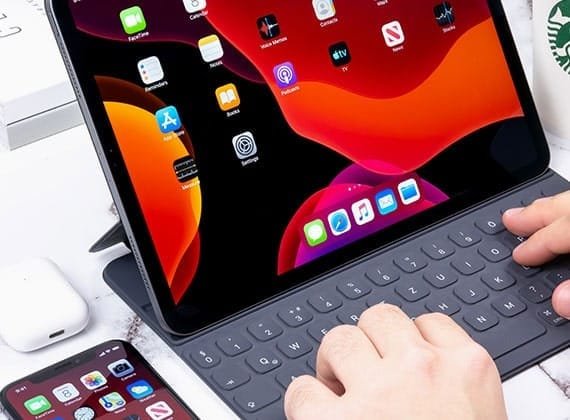Lightpong
- Home
- portfolio
- Embedded IoT Solutions
- Lightpong
01. Creating Immersive Two-Player Gaming with LightPong Rod
The LightPong project is an innovative two-player gaming device that blends hardware precision with real-time interactivity. Designed as a gaming rod for head-to-head play, the system integrates SAM-D51 and ESP32 microcontrollers, delivering both responsiveness and versatility. The goal was to build a dynamic, illuminated gaming experience using robust embedded technologies, responsive controls, and synchronized audio feedback. This project showcases our capability to merge low-level firmware development with creative product design for the consumer gaming space.

02. The Challenges & Solutions
Building a seamless two-player experience required solving several technical challenges:
Efficient firmware execution in MicroPython while retaining low-level hardware performance
Real-time I2C communication with DACs and audio amplifiers for sound feedback
Coordination of dual microcontrollers (SAM-D51 and ESP32) for split responsibilities (input, logic, networking)
Implementing USB and wireless interfaces for development and potential multiplayer extensions
We tackled these by writing optimized C modules for MicroPython to bridge the gap between high-level scripting and hardware responsiveness. This allowed the ESP32 to handle BLE/Wi-Fi communication while offloading complex I/O and game logic to the SAM-D51. For sound, we engineered a reliable audio path using I2C-connected DACs and precision-tuned amplifier circuits, creating rich and responsive auditory cues that elevate gameplay.
03. Working Process
The development began by defining gameplay mechanics and hardware requirements for both players. Once the control structure was mapped, our team of 3–4 engineers divided responsibilities for:
Firmware development in C and MicroPython
Hardware prototyping (PCB layout, DAC, amplifier circuit integration)
Audio experience tuning (tone generation, response timing)
Multi-controller coordination and latency management
After bringing up the hardware, extensive testing was done on input responsiveness, sound clarity, and player interaction synchronization. The project resulted in a functional interactive gaming rod prototype—one that merges visual LEDs, motion, and sound feedback to create a unique multiplayer arcade experience.


